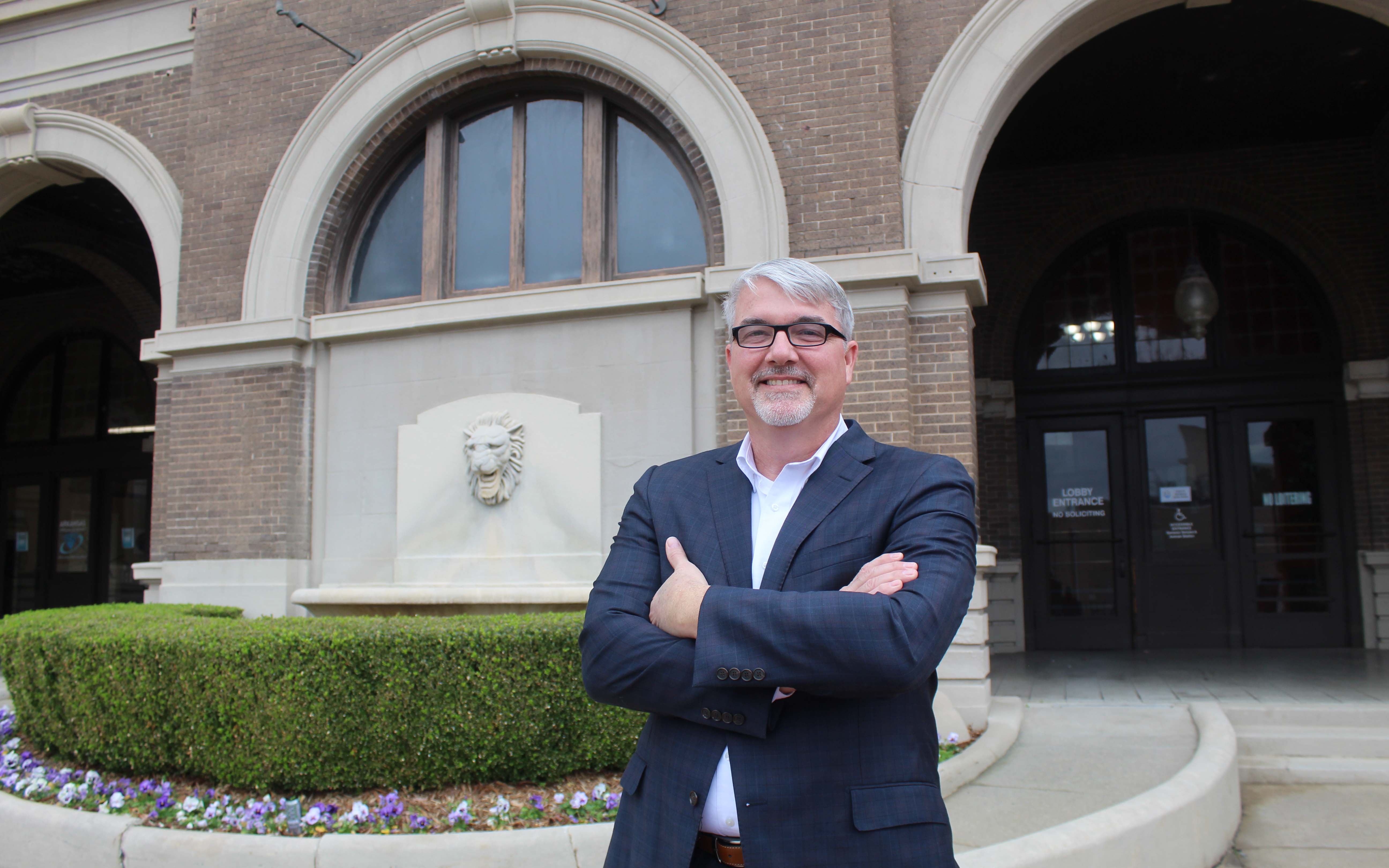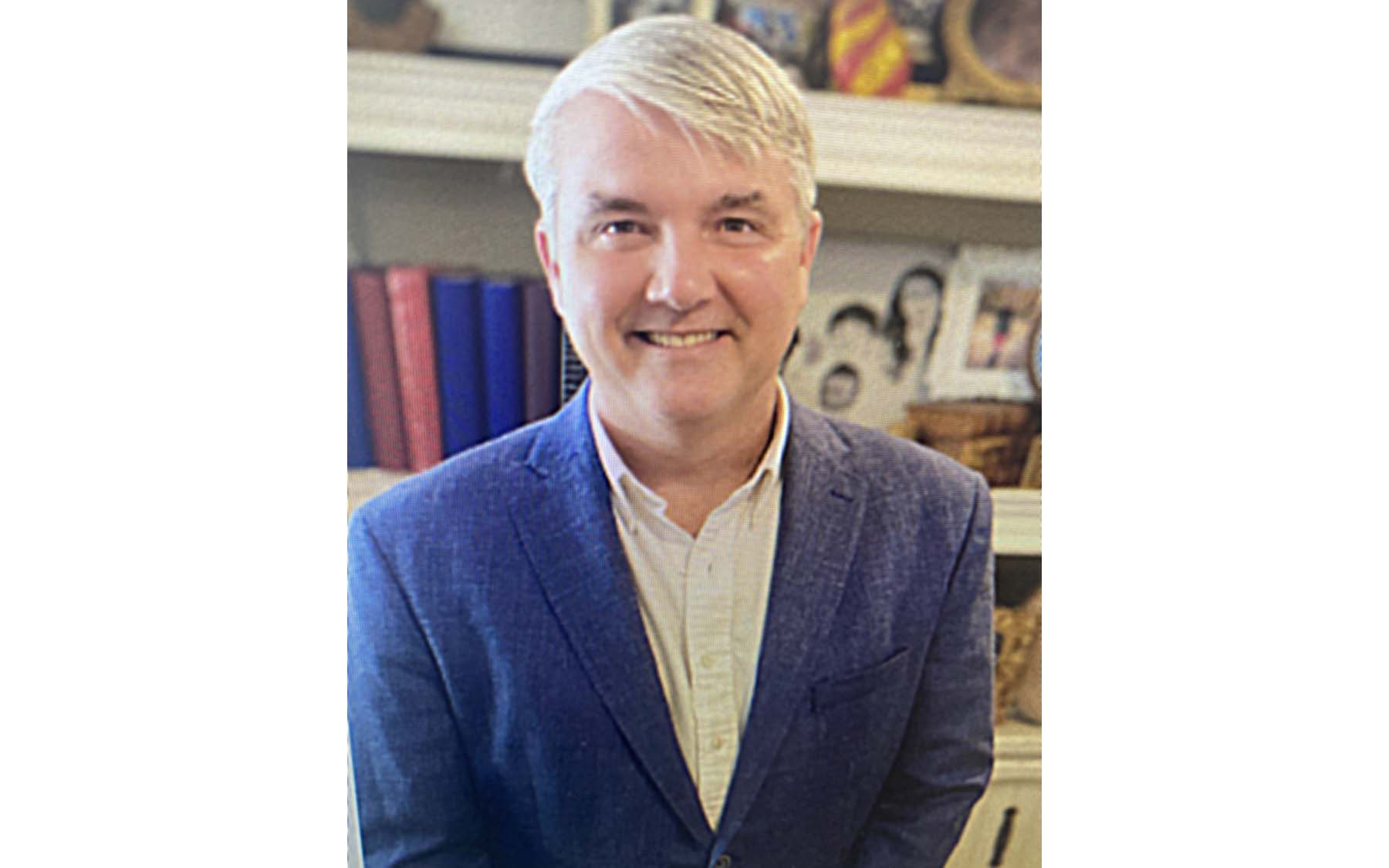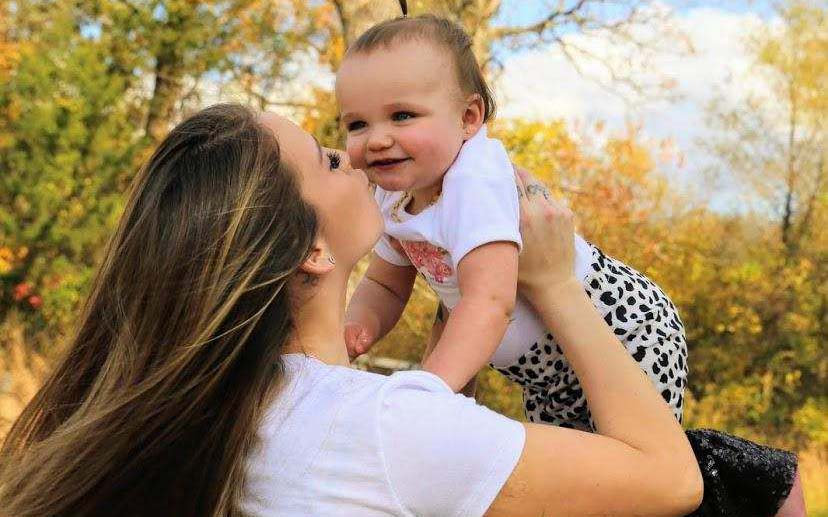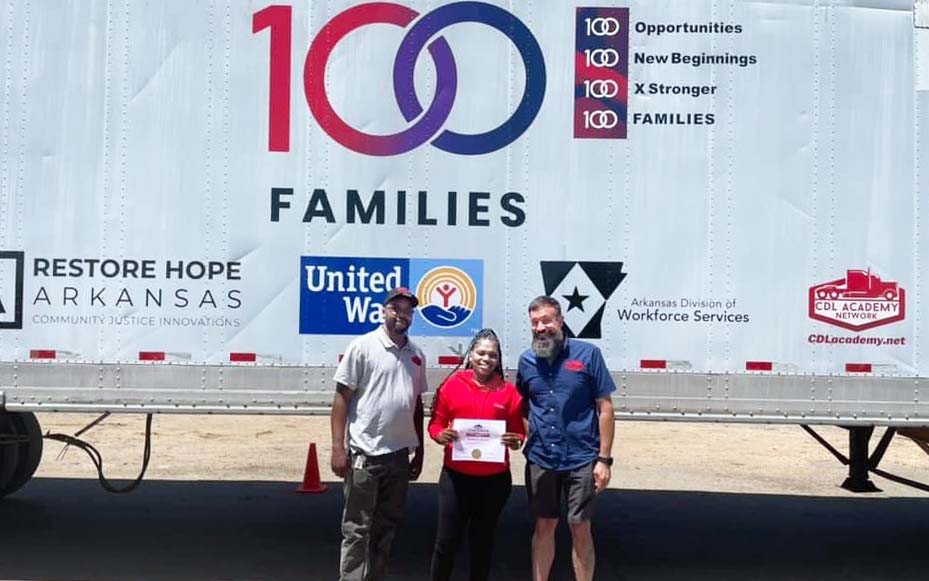Faith-based brainchild of Gov. Hutchinson is Restoring Hope to foster children, former prison inmates
December 27 - January 2, 2022
By Chloe McGehee
In 2016, there was a projected prison population growth of 19% in Arkansas before 2023, when the Arkansas Department of Corrections was already nearly 3,000 prisoners over capacity. When Gov. Asa Hutchinson took office, he had the choice of building a new prison or finding a solution for some of the highest growing incarceration rates in the country.
A summit was held shortly after Hutchinson took office to determine tangible solutions where representatives from multiple justice organizations in Arkansas gave their opinions. From this summit came Restore Hope Arkansas.
Today, Restore Hope is a nonprofit geared toward reducing incarceration and the need for foster care through collaborative partnerships with other justice and community groups. They accomplish this through their three programs: Alternative Sentencing, 100 Families and Re-Entry, as well as utilizing their Crisis to Career model and collaborative case management system.
Restore Hope Director Paul Chapman worked as an executive at Fellowship Bible Church in Little Rock overseeing local rehabilitation and development efforts before leaving for his current post. Being involved in fostering, adopting and prison reentry for twelve years, Chapman knows the impact Restore Hope can have on Arkansas communities.
“Arkansas had the fastest growing prison population in the nation, and in 2016, according to the Annie Casey Foundation, Arkansas had the highest percentage of children who had an incarcerated parent,” Chapman said. “It costs $100 to $200 million [to build a new prison], and then we’ll have to run it every year. [Hutchinson] did not want to do that. He understood from talking with many community-based organizations that the tie from the agencies to the community wasn’t as strong as it could be, and that if we could make that stronger and provide resources for folks that needed it then we might see better outcomes in both foster care and incarceration.”
Figuring out how to establish Restore Hope was a challenge, as there had never been an organization like it in Arkansas before, he said. Today, the local community-based nonprofit headquartered at the downtown Union Train Station in Little Rock is gaining momentum with strong backing from supporters across the state and a winning formula that began as a brainstorm from Hutchinson when he took office in 2015.
“A couple of [Hutchinson’s] senior advisors had used the collective impact strategy, and put it very specifically for how we thought that would work in Arkansas,” Chapman said. “While folks are really innovative, it is true that even though there was some partnership amongst agencies and even among nonprofits, that was not the norm. Everyone tended to operate in their own silos and try to solve the same problems for their clients and so that led us to actually start asking the questions like, has anyone ever done any population level changes? And the answer was yes, not many, but those that did, did so in a way that we now call collective impact. But you know, in the olden days they just called it working together.”
According to Chapman, Restore Hope utilizes collective impact to shorten the execution gap and provide the space for providers to work collectively on a clients’ behalf through a safe and compliant platform, called a collaborative case management system. Utilizing this resource, the local nonprofit connects the courts and various agencies so that people in crisis do not have to jump through hoops to fix their situation. This only works for people if all the organizations and community resources can connect and work together, which is difficult and the reason it has not been done before.
“If you follow the science of the collective impact, it doesn’t ensure success, but without it you’re not going to be successful … You could help some people, but you’re not going to change things really,” Chapman said. “Collective impact just seeks to take all of these different silos [and put them together]. You could have ACC here, and you could have a nonprofit that provides mental health services here, and your housing authority there and the jobs program there. And none of them work together. It’s akin to trying to build a house by individually calling all subcontractors yourself and then emailing them a copy of the blueprints and thinking that somehow they’re going to go get that house built without a builder coordinating. That is the exact way that our Human Services are accessed, especially by the poor in Arkansas.”
Founded in late 2016 in Fort Smith, Restore Hope is now expanding into four communities across Arkansas with plans for future expansion.
“We’re in four communities now. The first one was Fort Smith, job number one was that it didn’t exist. So, can we build the first version of it and will it work? That took many years,” Chapman explained. “And then job number two was we have a model that’s working and it’s producing better outcomes, even producing impressive outcomes, but does it scale? And so, in 2020, we launched three new models; three new counties built their own alliances. Two of them are [now] a year old and Pulaski County is the newest, at six or seven months old. So now we have these groups that are working together and sharing information.”
A big goal of Restore Hope is for communities to understand what the local nonprofit does and how it can aid all those involved, especially the individuals who need help the most.
“Our collaborative case management tool, called Hope Ark, really increases the effectiveness of the individual agencies and serves the same person,” Chapman said. “So practically, here’s what it looks like. We will have someone in the alliance: it could be Restore Hope or a nonprofit partner, we’ll put a trained case manager at what we call a point of contact. It could be a District Court probation office, the jail, a child welfare office, a family shelter. It’s anywhere where our target clients are gathered.”
“And then that case manager will offer help to individuals and if they want help then they’ll onboard them into our system following a certain set of assessments. That’s all built into the system and the assessments are for food and 12 other areas like housing, education, and are all defined along a spectrum from one to five. This way we’re all speaking the same language and we’re all using the same measures,” explained Chapman.
“What we do is we help a community get organized. So, in Fort Smith, where they’ve been organized in this way the longest, one of the positive outcomes that came was that they doubled the reunification rate for families whose children were taken into foster care,” he said.
According to Chapman, the statewide reunification rate is 42%, which means that a child or youth taken into foster care will likely not return to their family. However, if that same family accepts help from the coalition or the 100 Families Alliance, then they can expect to get their children back.
100 Families is an initiative of the United Way of Fort Smith Area, in collaboration with Restore Hope. Using existing community resources, this initiative helps families move from crisis to career by engaging community partners, training agencies on a collaborative case management system, and recruiting case managers to respond when a family is in crisis.
“In Fort Smith, for the first two years that even included part of the pandemic, the reunification rate was 85%,” Chapman continued. “In all four counties that are currently running 100 Families’ initiatives, reunification rates were all above 70%. It increases the positive outcomes: the outcomes that we all want in our justice actions.”
Like other businesses and nonprofits impacted by the pandemic, Restore Hope was no different. The negative consequences of COVID-19 on the agency’s clients cannot be understated, but Chapman said he and his staff had to persist as people’s lives were at stake.
One example was in Crawford County, where Restore Hope’s 100 Families Program launched in 2019 and brought the unemployment rate of their clients down from 66% to 23% in two short years. Chapman explained that the pandemic made that number much higher than it would have been otherwise.
“As the pandemic hit and we started shutting the communities down, many of our clients had made very positive steps. But all of a sudden, many of them slid straight back into crisis, and the food crisis was the one that stunned me most. It just made me realize how much we depend upon our school system being open to deliver many services, food delivery to the children, childcare so parents can go work,” Chapman said. “We also saw a huge impact on employment. We were making very significant gains every month in getting clients jobs pre-pandemic and that stopped for almost a year.”
“We were really dealing with Maslow’s [Hierarchy of Needs] bottom level. Safety, food and shelter is what we spent a lot of time doing; we’ve largely returned from that, especially since school no longer is virtual and people are able to go back to work,” he continued. “Slowly over this year, we saw a return to some normalcy, but the pandemic had just an awful impact on our clients.”
The pandemic even had some unseen consequences on clients that Restore Hope had to try and counteract. For example, Arkansas is experiencing an epidemic of opioid overdoses like the rest of the nation.
“We’re seeing a lot more drug use too, which is kind of hard to believe in Arkansas since it already had a good bit of drug use anyway, especially amongst opiates. Fentanyl being the worst,” Chapman said. “It’s a multifaceted thing. They’re very addictive, it’s a hard thing to stop doing. I’d also say drugs are a way to escape pain. Now it introduces a whole other level of hell that you can crawl into, but it is a temporary escape. You’re away from people, you’re not socializing anymore, you are shut in and scared of the future. You’re scared of your neighbor. A lot of people are wondering ‘where’s my place’ and that would be a motivator.”
Ultimately, the goal of Restore Hope is to help individuals in crisis, from the justice system and food insecurity to child welfare. Chapman explained that it is difficult for individuals to pull themselves up from “survival mode” while trying to balance multiple issues like losing a child or homelessness. Restore Hope wants to help people and communities who really want to do better but are crushed under the flaws of the justice and human services systems, no matter how they got into their crisis, Chapman said.
On top of that, Chapman said many of the issues individuals face are easy to fix but can cascade into larger problems. Restore Hope especially tries to help people gain their SNAP and food stamp benefits, get their GEDs, restore licenses and communicate between different organizations so they can overcome “survival mode” and start bettering their lives.
“If you have ever been in a real crisis, you start to get tunnel vision,” Chapman said. “The world starts to get very small which means that your ability to actually think abstractly just goes away. The brain shuts down and it’s go time. That’s what happens especially if you don’t feel like you can change things and you’re in crisis. You need some assistance at that point. What we’ve proven is if you can help someone get stable, then we can start doing things like welding school or trucking school. You know the lights are going to be on. You’re not going to get kicked out of your place. Your kids are safe. Now let’s start figuring out what you want to do with the rest of your life, and how we can make sure that you’ve got an inoculation against falling into that kind of crisis again.”
Chapman emphasized that Restore Hope wouldn’t be where it is without support from the community. The importance of community motivation cannot be understated, he said. Without the community wanting to improve and band together for collective impact, Restore Hope’s model would not work.
“It’s through collaboration. This is not a program, this is a way of communicating amongst an array of organizations,” Chapman said. “[The stories of our families] are really the stories about a community actually helping their community members that are in need and want help. It’s for the community by the community. These are community issues and their people and their resources. If you can create an environment in which the community can use its own discretion, deploy its own assets and solve its own problems, they do so in really remarkable ways.”
“I never want it to be said that Restore Hope came in and ran the program and did well. If the community doesn’t want us and the community won’t commit to do the work then we can’t do anything,” Chapman explained. “We help communities do what they want to do and we just happen to have done it in some other places. If they don’t want to do it, then it’s not going to work, but if they do want to do it, then we’ve got a model that will help them do that and do justice differently.”
PHOTO CAPTIONS:
1. Restoring Hope in Arkansas: Little Rock nonprofit offering second chances through collaborative faith-based model After taking office in 2015 during his first term, Gov. Asa Hutchinson held the first Restore Hope Summit to encourage faith-based communities to help find homes for foster care children and provide support for departing inmates reentering society.
2. The joy of reunification when a Mother is reunited with her child. Restore Hope’s 100 Families program assists the process throughout four counties in Arkansas; Sebastian County reduced its number of children in the foster care programs from 800 to 350.
3. CDL Academy works closely with Restore Hope to assist its clients to move from crisis to career with a trucking license and a guarantee of an excellent long-term career with an approved trucking company.






